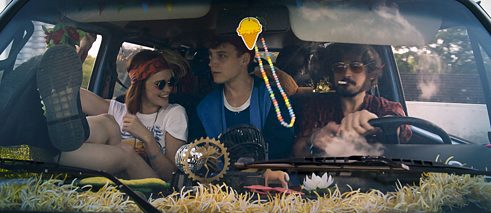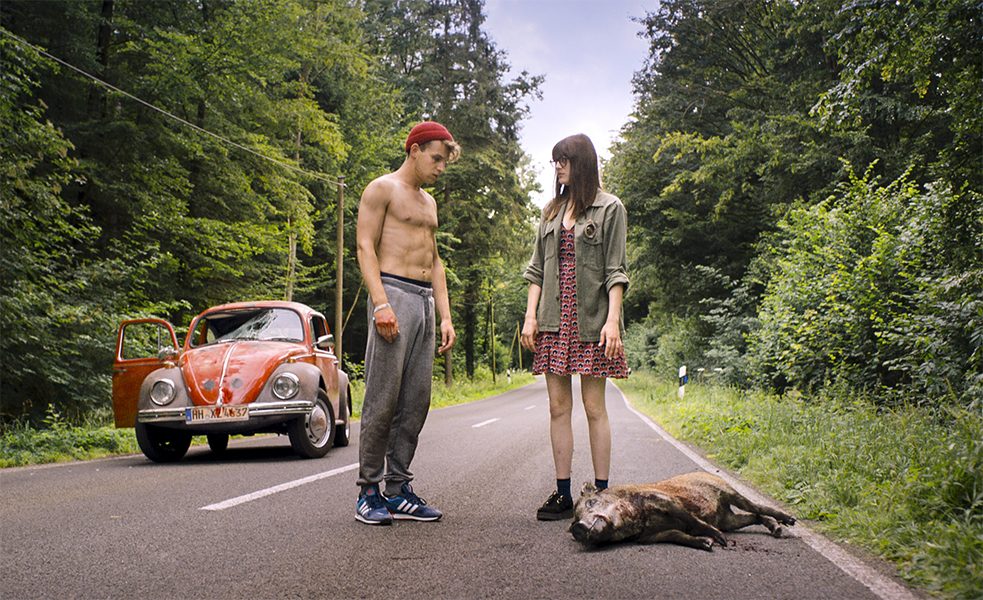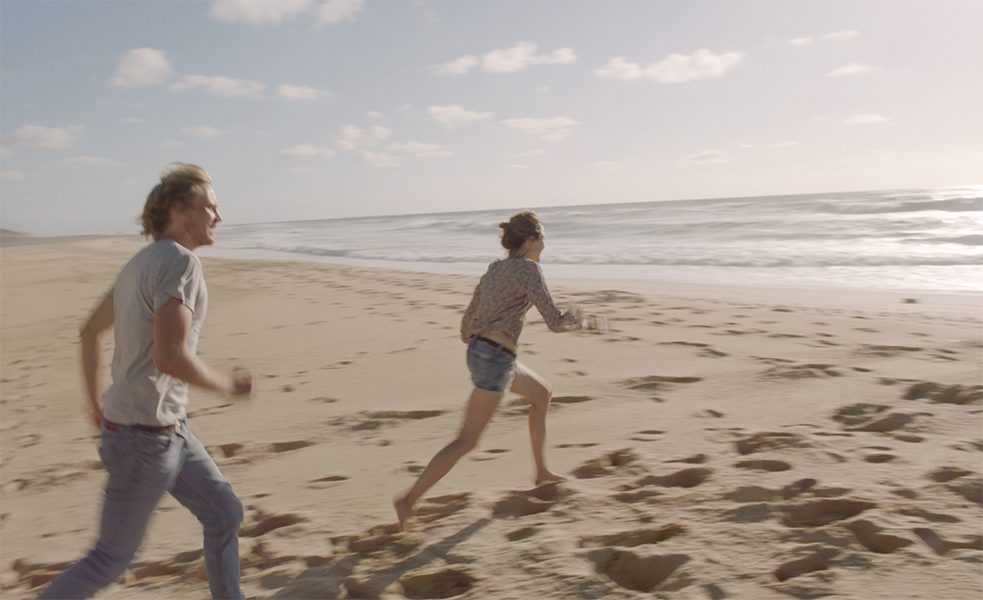Generation Z on the silver screen
The universal magic of youth

Who are they and how do they live? The advertising and media world has discovered a new target group: Generation Z, fully digitalized since birth, is coming of age. But on screen they are (still) representing the lives of Millennials.
Journalists, sociologists and marketing experts are not alone in their efforts to define every successive generation based on their shared values and goals. The film industry is also always on the look out for new images and stories that reflect the life experiences of young adults. Until very recently, the focus has been on the Millennials, anyone born between 1980 and 1995. They are now being pushed out of the spotlight by their job-market successors who taking over the limelight too. In the last few years, German-language cinema has increasingly shifted its lens to “Generation Z”, which ranges from first graders to young adults in their early 20s. So what does cinema have to say about them?
Hardly a smartphone in sight
Generation Z hasn’t produced a lot of filmmakers so far, which comes as no surprise since very few people are given the chance to direct large productions at such a tender age. So while there are few films from them, there are a great number about them. Generation Z actors grace the silver screen, though they move through pictures of generations X and Y.
Marketing studies are taking an intense look at the general social trends developing in Generation Z. Growing up in the tumultuous times with the financial crisis and climate catastrophe; they are seen as particularly enlightened and urbane. Constant change is their norm, also and perhaps especially in how they interface with modern media. Millennials may have been the first technophilic “digital natives”, but Generation Z grew up in a socially networked world way beyond the internet, a world in which the divide between the virtual and the physical realm almost seems absurd.
Yet films about Gen Zers rarely take up these issues. In a Millennial drama like Rückenwind von vorn (Away You Go), smartphones abound and protagonists videochat with friends on a trip around the world in testament to their global perspective. Yet the much maligned omnipresence of the tiny computers is almost entirely missing from coming-of-age stories like the poetic drama Luft (Air) by Anatol Schuster and Es war einmal Indianerland (Once upon a Time in Indian Country) by İlker Çatak, and doesn’t feature in Lisa Brühlman’s dark mermaid fantasy Blue My Mind and Ekrem Ergün’s equine adventure Hördur – Zwischen Welten (Hördur – Between Worlds). These films are more preoccupied with describing a general state of being for their young protagonists than with a specific time. It almost seems as if technology would disrupt the young adults’ magical experience on screen. The internet is only thematised if it is a central to the plot, such as in the made-for-TV Homevideo about cyberbullying. Cinematic depictions of daily interactions with the digital world are the exception rather than the rule.
This is an interesting omission. It can hardly be because the “old” media of film cannot depicting the fragmented world this young generation inhabits, as t many examples from all over the world have proven the contrary. This is more a conscious aesthetic choice where filmmakers bring their own experience growing up (without smartphones) to the screen. They might be tapping into the current zeitgeist as well. Studies of youth culture have repeatedly described a state of “digital saturation”. It seems likely that people who have grown up in a digital world might be even more inclined to seek alternatives.
Road movies and inner journeys
Like pop music, the cinema has always associated youth with rebellion and departure. Young adults leave the confines of their hometowns to experience new places and mind-sets. Cinema employs external images to represent internal processes, so inner journeys are associated with actual travel. It doesn’t really matter where the journey goes either, as long as it is away from the world of their parents. In Hans Weingartner’s love story 303, two students pilot a caravan to Portugal, while the protagonists in Rückenwind von vorn take off on a spontaneous trip to the Czech Republic. The final scene in Es war einmal Indianerland take place at a music festival somewhere along the German border and the seaside calls to the teenagers in Luft and Blue my Mind. The last two films also explore LGBTQ experiences, where long road trips pave the road out of heteronormative society. Generation Z is growing up in a time in which many societal changes are already quite far along, probably a reason Gen Zers are often described as especially tolerant and open.
So far, the cinema has only touched on rather than openly depicted specific details and general tendencies of Generation Z. This are not likely to come to the fore until Gen Zers reach the age where they can relay their own coming-of-age experiences – using actors from the next generation. This is not a real problem, and it certainly doesn’t detract from the quality of the films. Cinema today is still providing moving and precise reflections of how young people think and feel. The desire for new experiences and a self-determined identity is universal, as is the dream of another, perhaps better world. Films about youth touch and link all the generations, because we have all had the chance to live through the tumult of our salad days.




